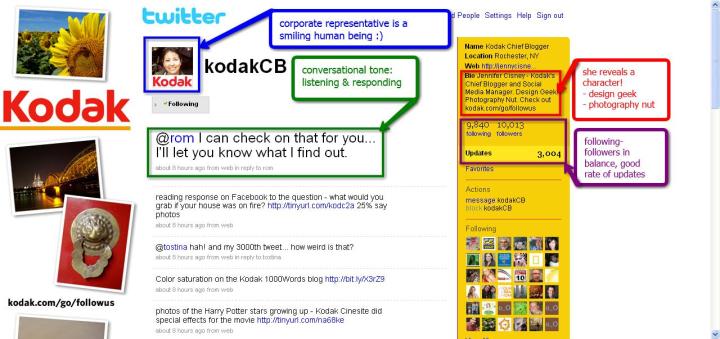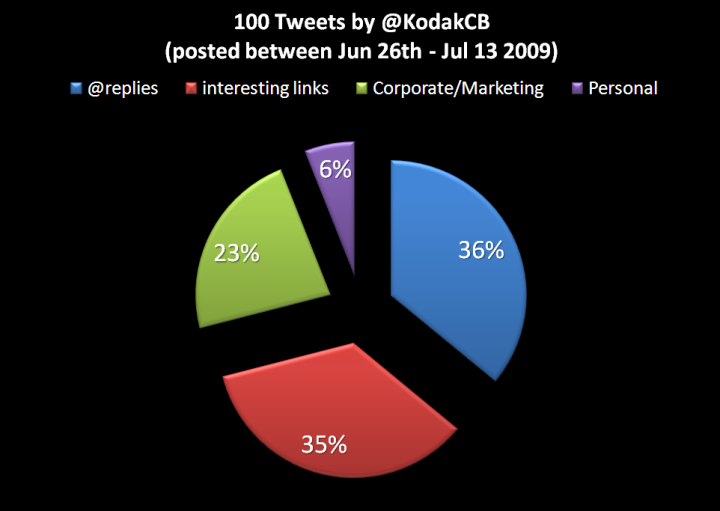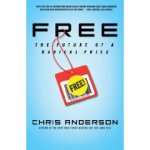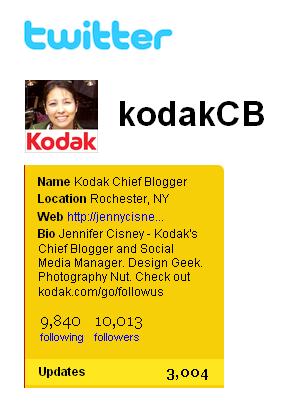Duration Does Matter!
I was studying film in the college in the 1990s. The length of the short film was defined as maximum 30 minutes. After 30 minutes it was called feature-length film. I didn’t keep my short film assignments from then but I remember they were not short and my primary concern was not the length of the film. In today’s media environment, duration does matter and it is shorter than it used to be but not the only criteria to attract the audience.
The short article published in the New York Times this month is discussing the Web habits of the today’s impatient audience, the duration of a visual content and the importance of storytelling. It also gives statistics and insight about the use of the media and audience habits, which is worth clicking.
“Keep it short – Keep it Simple – Keep it Interesting”
The first rule we keep in mind in digital storytelling classes is “keep it short!”. If our story is going to be distributed online, our audience is impatient and they are distracted very easily. After 90 sec, it is our own risqué to be watched. Although it is not a big issue technically, we consider these perceptional limitations in our short films now.
The pace is fast on the Internet; too many windows are open at the same time. We need to tell what we tell in a simple way and more if it is not interesting there is no chance: It turns out to be named as ‘boring stuff’.
Our everyday life and communication tools have changed and so the expectations for the content. We don’t go to a movie theater to see a short film; it’s there in our pocket already. We are not limited with time restrictions; we stream or download the content anytime we wish.
What makes us nailed to our seats to watch a longer film?
Good storytelling and good production values make the audience engage with the content. But also the expectations are playing an important role in the process. The audience classifies the content: Is it a 90 min movie or a video clip or a documentary? And they devote some time to consume that content.
When the medium was TV or a movie theater, we were able to come up with some quantitative metrics for the value of the content. But the Internet as an ultra medium blurs the picture of measurement. The Video Insider poses the question “What is a show and how do we define a most-watched show on the Internet?” and proposes that “the ‘most-watched’ measurement should be the highest number of user-initiated streams in any distribution category that is measurable online and that a ‘show’ is any periodically produced branded content.”
The audience defines the length of time they are going to devote before they consume the content. Therefore not all the visual content is to be under 90 seconds: Although, duration does matter and it is shorter than it used to be, classification of the content, good storytelling and good production values are the keys to create an effective content.
Best Practices: Who to TRUST and Why?
Twitter is a great platform to share useful links and resources. Since I’ve been researching the activities of visual communication related organizations and brands on Twitter, I had the chance to compare their presence and engagement to their communities. My own experience made me understand that, in order to start building trust and relationship:
– Being followed is not enough
– Get a customized auto reply is not enough
– Fancy background with a corporate logo?….No, not enough
– Follower reputation? …Yeah, maybe a little
– Enjoying the links is not enough
– Being ReTweeted is not enough
– Being recommended on #FollowFriday is not enough
– …
My aha moment was when I realized that there are some people out there, “listening” and “answering”, communicating, sharing their ideas with me behind these “dry” 140 characters. And that was the first time I felt like we were somehow connected and building up our relationship.
When I got in touch with them, @KodakCG and @CreativeReview immediately started communicating/sharing with me and that’s why I found these brands trustworthy and worth to examine as a best practice.
Company Profile Analysis on Twitter: @kodakCB
I analyzed @kodakCB on Twitter; its visual identity and discourse according to 100 Tweets posted between Jun 26 – Jul 13, 2009. Its social media presence is greater by far than any other photography related brands online.

Visual Identity & Discourse Analysis by @filizefe - Jul 2009
ABOUT:
Jennifer Cisney – Kodak’s Chief Blogger and Social Media Manager. Design Geek. Photography Nut. Check out kodak.com/go/followus
Location: Rochester, NY
Joined: Tue 29 Apr 2008 21:06
Following: 9840
Followers: 10013
Updates: 3004
Favorites: 151
Friend: Yes
Protected: No
Web: http://jennycisney.1000words.kodak.com
Twitter: twitter.com/kodakCB
AVATAR:
Kodak preferred to show the smiling face of their social media representative on their avatar. This immediately gives a warmer effect, a human touch to the profile.
The avatar photograph is not a studio photograph; on the contrary it is an ordinary and casual profile picture, probably captured by a point and shoot camera and framed arbitrarily.
The ordinary look (hair style, no heavy make-up) of the representative also encourages the potential conversation with their followers.
BIO:
Kodak preferred to give the representatives’ website and personal information on BIO. This again reflects the human face of the corporate identity. This doesn’t mean that one cannot reach Kodak corporate website but the social media requires interpersonal communication and Kodak with this profile seems on the right track.
The representative reveals her character by giving clues such as “Design geek” and “Photography nut”
The number of following-follower-updates balance also gives the idea that this page not only “talks” but also “listens”.
TONE OF CONVERSATION:
Following chart shows the tone of the conversation according to the 100 tweets posted between Jun 26 and Jul 13, 2009.

Tone of Conversation Chart by @filizefe - Jul 2009
As the chart shows, the tone of @kodakCB’s voice is mostly conversational (@replies). Every 1 tweet out of 4 is corporate marketing/PR related.
This conversational balance on visual identity and discourse has most probably a great impact to maintain relationships and build communities on social media. I found @kodakCB highly successful on designing and implementing a social media strategy on Twitter.
The Cost of “FREE”
I grow up in a very different communication environment than today’s. “Watching TV” was an important family action. There was only one channel, ran by the government. TV was like a theater stage where we were the audience. We used to sit, watch and listen. Broadcasting was expensive and ran by professionals. Talking to a multinational group of people was expensive and difficult. Expressing opinions, publishing to the public was far beyond our everyday life, far beyond from “FREE”.
The digital age has been a stage to numerous debates regarding the different aspects of “What is FREE?” in content creation and distribution. Creating and distributing content does not belong to professionals only. This created infinitive movements at the same time and economic effects. One of the recent debates on “FREE” took place in between Chris Anderson, Malcolm Gladwell, Seth Godin, and Mark Cuban.

Free: the Future of a Radical Price by Chris Anderson
Chris Anderson in his book “Free: the Future of a Radical Price” argues that the digital age is making a downward pressure on the prices of all things “made of ideas”. He argues that this situation is not a trend but an iron law.
Malcolm Gladwell argues that the digital age transformed everything about content creation and distribution and that’s why it is not possible to define something as “iron law” during this dramatic transformation. I agree that communication is in flux and changing so fast that the only thing is not changing right now is “things are changing so fast”. (Priced to Sell, Is free the future?)
Seth Godin, who is also one of my favorite marketing gurus, contributes to this debate in his aggressive tone I love. He argues that talking about whether we want free or not, it is happening right now. It doesn’t matter if the business models will support it or not, there is no choice, the world will change around “free”. He points out that there are two forces at work:
1- Marketers struggle for attention and free is a relatively cheap way.
2- The price will be lowered until it meets the incremental cost of making one more unit.
Seth Godin claims that in the near future there are going to be huge opportunities for every content creator to grab attention on digital communication market. (Malcolm is wrong). I agree with Seth Godin that attention is the most precious asset in this age. Practicing alternative ways of effective storytelling and distributing is getting important every day.
Mark Cuban also contributes this “FREE” debate with his ideas. He seems more on the Seth Godin’s side that content creators should make their content stand out from this messy environment in order to survive. But also includes that people should avoid free distribution of the content when there is no return.(Free vs. Freely Distributed)
I believe that we are very lucky experiencing this incredibly “FREE” communication environment. We are creating and distributing our content almost for free. We are sharing our ideas, opinions, suggestions, instructions… But also we are rising to a challenge to grab attention in this messy communication environment: There is a cost for free!
Planning the “UWTwitterBook”
Taking into consideration that we are a diverse group of people, devoting a particular period of time, effort and different levels of experience to a book in a very short period of time, we need to clarify the macro and micro goals by getting help from the editor of the book and the instructor of our class, Kathy E. Gill.
I don’t perceive this as she will be dominating the ideas, but enlightening the group of researchers (us) with her vision and knowhow both in the subject and the academic literature. May be because of cultural differences or scientific considerations (the reason does not matter indeed), I still feel in the observation and learning phase where my ideas are still infant, not confident to stand alone yet. That’s why I put my step back to draw big pictures in the subject while I am working hard to develop my knowledge to a desired level that I am satisfied with.
That being said, I am ready to work and research more like a soldier, rather than a decision-maker in this course project. I’d prefer to be assigned with a mission, which is related with my background knowledge and skills. I believe I can show my creativity and opinions much better in that limited area.
In conclusion, as soon as the final shape of our macro goal is given by our editor and instructor, I am ready to start researching on which category we decide to move on. Either the book is organized to point out one sector or multiple categories; I see my role as a visual communicator and content creator to research and examine the following:
– the use and integration of visual communication on Twitter,
– the contribution of images to verbal communication which is limited with 140 characters,
– best business practices where verbal communication is supported by the visuals.


leave a comment